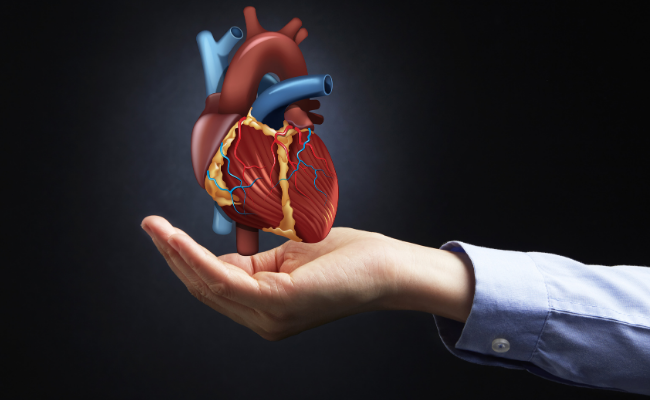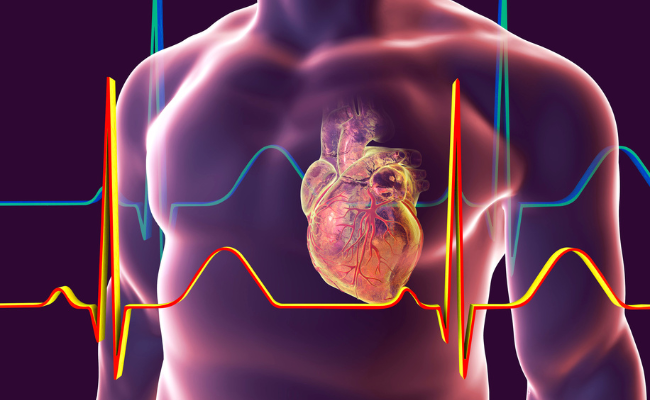How to Treat Arteriosclerosis?
- January 18, 2024
- No Comments
What is Arteriosclerosis?
Arteriosclerosis, characterized by the thickening and hardening of arterial walls, poses a significant threat to cardiovascular health. This vascular condition, a common manifestation of arterial disease, can lead to complications such as heart attacks and strokes by causing the accumulation of plaque on the inner walls of arteries, narrowing and diminishing their elasticity.
The term "hardening of the arteries" encapsulates arteriosclerosis, where once-flexible artery walls transform gradually into rigid structures. This transformative process disrupts blood flow, potentially leading to complications within the circulatory system. Recognizing arteriosclerosis beyond its well-known subtype, atherosclerosis, is crucial for understanding the broader impact on cardiovascular health and mitigating associated risks.
Why is Arteriosclerosis a Concern?
Arteriosclerosis is a major concern because it impedes the normal flow of blood through the arteries, leading to reduced oxygen and nutrient supply to vital organs. As the condition progresses, it can result in the formation of blood clots, further obstructing blood flow and increasing the risk of severe cardiovascular events. The consequences of arteriosclerosis are far-reaching and can significantly impact an individual's quality of life.
How Does Arteriosclerosis Develop?
Arteriosclerosis develops over time due to a combination of genetic factors, lifestyle choices, and underlying health conditions. High levels of LDL (low-density lipoprotein) cholesterol, commonly referred to as "bad cholesterol," play a crucial role in the formation of arterial plaques. Smoking, lack of physical activity, and an unhealthy diet contribute to the development and progression of arteriosclerosis. Additionally, conditions like diabetes and hypertension can exacerbate arterial damage.
Treatment Solutions for Arteriosclerosis
Lifestyle Modifications:
- Dietary Changes: Adopting a heart-healthy diet rich in fruits, vegetables, whole grains, and lean proteins can help lower cholesterol levels and reduce the risk of arteriosclerosis. Avoiding saturated and trans fats is crucial in preventing plaque buildup.
- Regular Exercise: Engaging in regular physical activity is instrumental in maintaining cardiovascular health. Exercise helps manage weight, control blood pressure, and improve cholesterol levels, all of which contribute to preventing and managing arteriosclerosis.
Medications:
- Statins: These drugs are commonly prescribed to lower cholesterol levels. Statins work by inhibiting the production of cholesterol in the liver, thereby reducing the amount available for plaque formation.
- Antiplatelet Medications: Aspirin and other antiplatelet medications are often recommended to prevent blood clot formation, reducing the risk of complications such as heart attacks and strokes.
Medical Procedures:
- Angioplasty and Stenting: In cases where arteries are severely narrowed, angioplasty may be performed. This involves inflating a balloon within the narrowed artery to widen it, and a stent may be placed to keep the artery open.
- Endarterectomy: This surgical procedure involves removing the plaque buildup from the inner lining of the artery, restoring proper blood flow.
Risk Factor Management:
- Blood Pressure Control: Maintaining optimal blood pressure levels is crucial in preventing further damage to arterial walls. Lifestyle changes and medication adherence are key components of blood pressure management.
- Blood Sugar Regulation: For individuals with diabetes, keeping blood sugar levels within a target range is essential to prevent complications and reduce the risk of arteriosclerosis.
Benefits of Treating Arteriosclerosis
- Reduced Risk of Cardiovascular Events: Effectively treating arteriosclerosis significantly reduces the risk of cardiovascular events such as heart attacks and strokes. By addressing the underlying causes and managing contributing factors, individuals can experience improved heart health.
- Improved Quality of Life: Treatment of arteriosclerosis can lead to improved blood flow and oxygen delivery to vital organs. This can result in enhanced energy levels, reduced fatigue, and an overall improvement in the quality of life.
- Prevention of Complications: Timely intervention and treatment help prevent complications associated with arteriosclerosis, such as peripheral artery disease and chronic kidney disease. By addressing the root causes, individuals can mitigate the risk of long-term complications.
- Enhanced Long-Term Health: Managing arteriosclerosis is not only about addressing the immediate symptoms but also about promoting long-term cardiovascular health. Adopting a heart-healthy lifestyle and adhering to medical recommendations contribute to sustained well-being.










.jpg)
Comments (0)
No comments yet